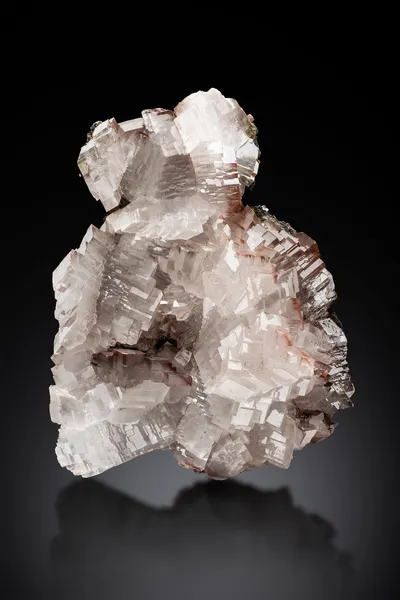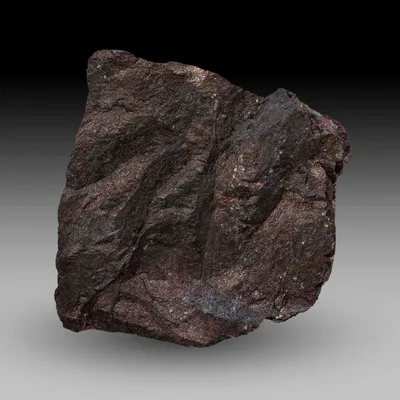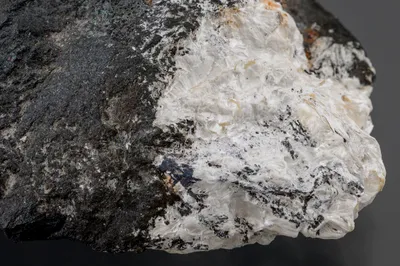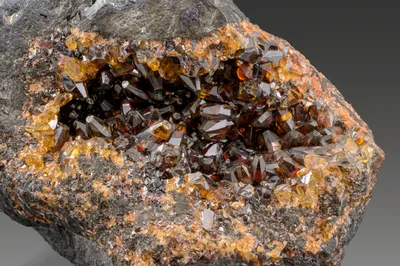Mineral Species
Otjisumeite
Type Locality
Yes
Composition
PbGe4O9
Crystal System
Triclinic
Status at Tsumeb
Confirmed (type locality)
Abundance
Extremely rare
Distribution
Second oxidation zone
Paragenesis
Supergene
Entry Number
Species; TSNB263
Type Mineralogy
Keller (1977a) referred to an unidentified mineral containing lead and germanium, to which he assigned a working name of Mineral TI. It was later found to be a lead germanate and submitted for approval as a new mineral. Otjisumeite, IMA 1978-080 is named for Otjisume, the Herero name for Tsumeb (Keller et al. 1981c). Type material is conserved at the Institut für Mineralogie und Kristallchemie, Universität Stuttgart, Germany (catalogue number NM 06); in the Archiv der Universität Stuttgart, (Paul Keller Collection; catalogue number TM-78.80-TI-(B76) and at the Smithsonian Institution in Washington D.C. (catalogue numbers 145746 and 149053).
General Notes
Otjisumeite, as Mineral TI, was originally discovered in cavities in chalcocite ore adjacent to other cavities containing schaurteite (Keller 1977a). It occurs as radiating groups of colourless needles (to 1 mm) and, on the type specimen, these are intergrown with siderite and schaurteite. The type specimen is from the second oxidation zone.
Keller and Bartelke (1982) cautioned that otjisumeite forms pseudo-hexagonal crystals that can readily be confused with willemite needles. They proposed the following paragenetic sequence based on the type assemblage:
chalcocite >> siderite >> otjisumeite >> schaurteite
Otjisumeite is recorded in the type assemblage for gallobeudantite (Jambor et al. 1996).
Subsequent discoveries have added gallobeudantite (Joy Désor pers. comm. to M. Southwood, 2015) and plumbogummite (Ge-bearing) to the list of associates ( https://www.mindat.org/photo-696942.html; accessed December 2022).
Associated Minerals
calcite; calvertite; chalcocite; gallobeudantite; galloplumbogummite; germanite; gypsum; plumbogummite; quartz; renierite; schaurteite; siderite; tennantite-(Zn)






